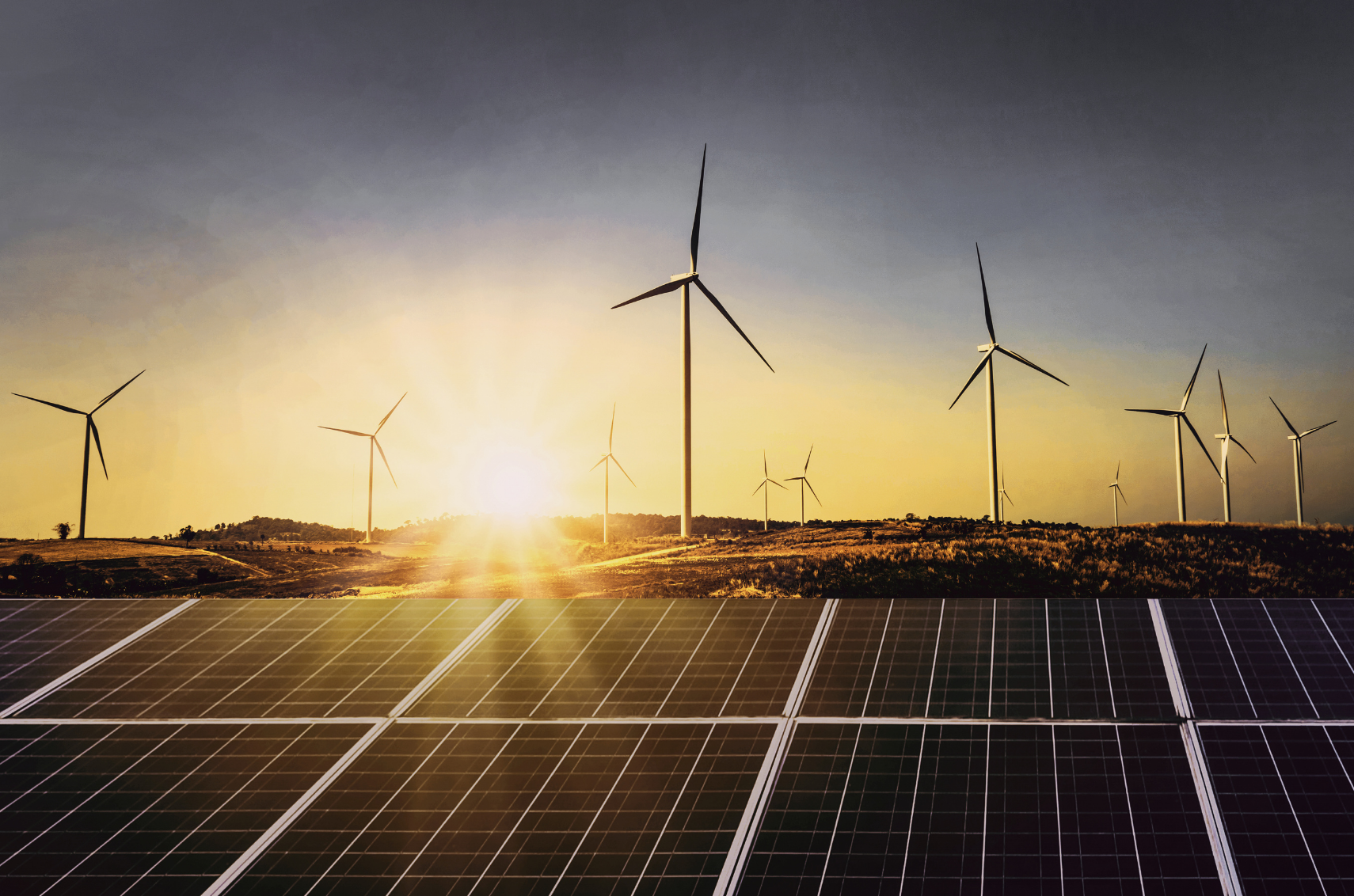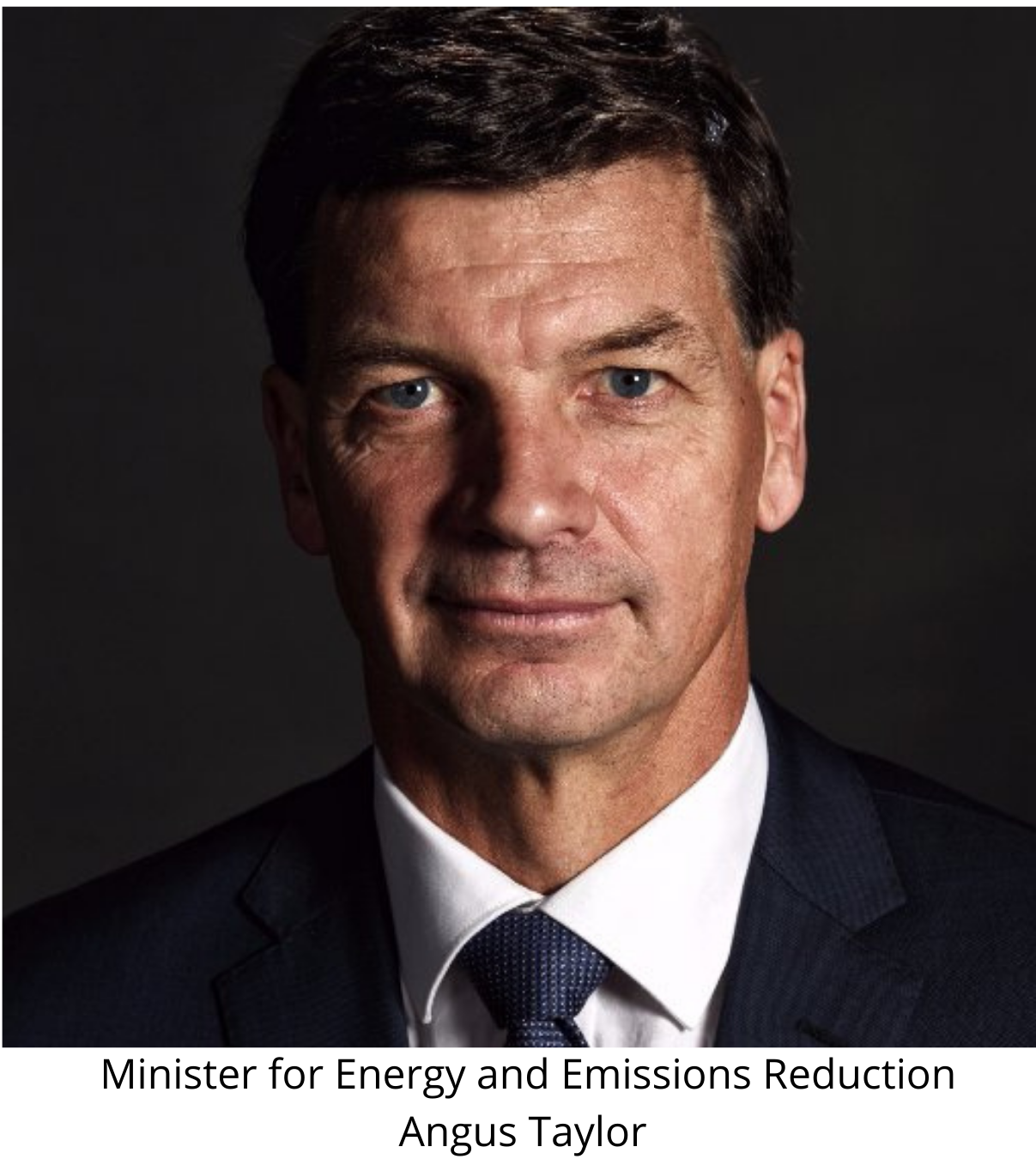Securing the best Energy Deal for your business should be one of the easiest things to do in a business, right? Wrong! Without the right guidance and information, it can also be one of the costliest.
A simple way to reduce the stress and increase your chances of locking yourself into the wrong deal is to reach out and sort the help of an Energy Broker. Not only will they save you time and energy, but they’ll also get you the best deal for your business.
Despite this, many people are still under the misconception that if something sounds too good to be true, it probably is. We’ve picked the top three misconceptions about Energy Brokers.
- Are Energy Brokers expensive?
Simple answer, nope.
This is probably the biggest mix-up out there. Energy Brokers help you at their own expense and are free for businesses like yours.
Most Energy brokers are paid a commission. At Edge Utilities, we earn between 1% – 2.5% on the energy component, paid by your chosen retailer, should you wish to contract with them.
If you decide not to contract, we don’t get paid. No deal. No pay!
- Do Energy Brokers act in your best interests?
You may be wondering… if an Energy Broker is free and gets commission, won’t they just go with their favourite retailers for the highest commission?
It’s easy to see how this could happen… and yes, it does happen! If a retailer is offering more commission, it seems obvious which deal, they would recommend, right?
This isn’t the case at Edge Utilities. Our biggest interest is to help a business owner choose a contract that’s right for them. What would you think would happen if the business is unhappy with their bill when they receive it?
They’ll go elsewhere and let other business around them know. Consequently, so does the commission. So, keeping everyone happy for as long as possible is the goal for Edge Utilities.
- Wouldn’t a retailer prefer working with the individual over a broker?
Not necessarily! A broker will assess your contracts and find a retailer with T&Cs to match your business needs. We do all the leg work and will also ensure all documents are filled out correctly, so you can do what you do best.
Another thing to remember is that most retailers love Energy Brokers. Paying a broker’s commission to bring in customers is a lot cheaper than paying employees to develop business.
Edge Utilities works for you
We will offer expertise, access to many options, and the ability to negotiate the best rates. Our job is to ensure your timing to enter a retail contract considers the underlying markets that ultimately drive your costs (which we analyse daily), to ensure you don’t end up on penalty rates, and to go to market to get you the best deal on the day we both decide to do that.
And did you know, we can also invoice?
Now is a good time to talk about your current agreements and if you have other sites that need this attention, don’t hesitate to reach out.
Call us on 1800 334 336 or email save@edgeutilties.com.au

 Eraring is expected to be the cause of much of the impairment, but the gas-powered generation (GPG) units did not fair much better. The GPG were affected due to the increased cost of gas and the decrease in the spot and contract electricity market price.
Eraring is expected to be the cause of much of the impairment, but the gas-powered generation (GPG) units did not fair much better. The GPG were affected due to the increased cost of gas and the decrease in the spot and contract electricity market price. sumer bodies, academics, government bodies and interested parties over the last two years. An options paper was released in April and the final advice is expected to closely reflect the options discussed.
sumer bodies, academics, government bodies and interested parties over the last two years. An options paper was released in April and the final advice is expected to closely reflect the options discussed.



 Six years after the establishment of the scheme was pledged at the end of 2015, China has begun operating the national carbon Emissions Trading Scheme (ETS). This started on 16th July 2021, with the opening price of the Carbon Emission Allowances (CEAs) reported at CNY 48 (AUD 10.01) per ton. The first trading day concluded with the closing price of CNY 51.23 (AUD 10.68) per ton, up 6.7%. The total trading volume reached 4.1 million tons at CNY 210 million (AUD 43.79 million).
Six years after the establishment of the scheme was pledged at the end of 2015, China has begun operating the national carbon Emissions Trading Scheme (ETS). This started on 16th July 2021, with the opening price of the Carbon Emission Allowances (CEAs) reported at CNY 48 (AUD 10.01) per ton. The first trading day concluded with the closing price of CNY 51.23 (AUD 10.68) per ton, up 6.7%. The total trading volume reached 4.1 million tons at CNY 210 million (AUD 43.79 million).

 Back in 2017 following the black out of South Australia, the Tesla big battery was announced as the largest lithium-ion battery in the world. Weighing in at 100MW/150MWh the unit was big and provided enough storage to get regions through short duration period of high price of low availability. At the time, most people in Australia thought of batteries as a small segment of the industry and did not predict batteries to make any meaningful impact on the market for the next 10 to 20 years.
Back in 2017 following the black out of South Australia, the Tesla big battery was announced as the largest lithium-ion battery in the world. Weighing in at 100MW/150MWh the unit was big and provided enough storage to get regions through short duration period of high price of low availability. At the time, most people in Australia thought of batteries as a small segment of the industry and did not predict batteries to make any meaningful impact on the market for the next 10 to 20 years.